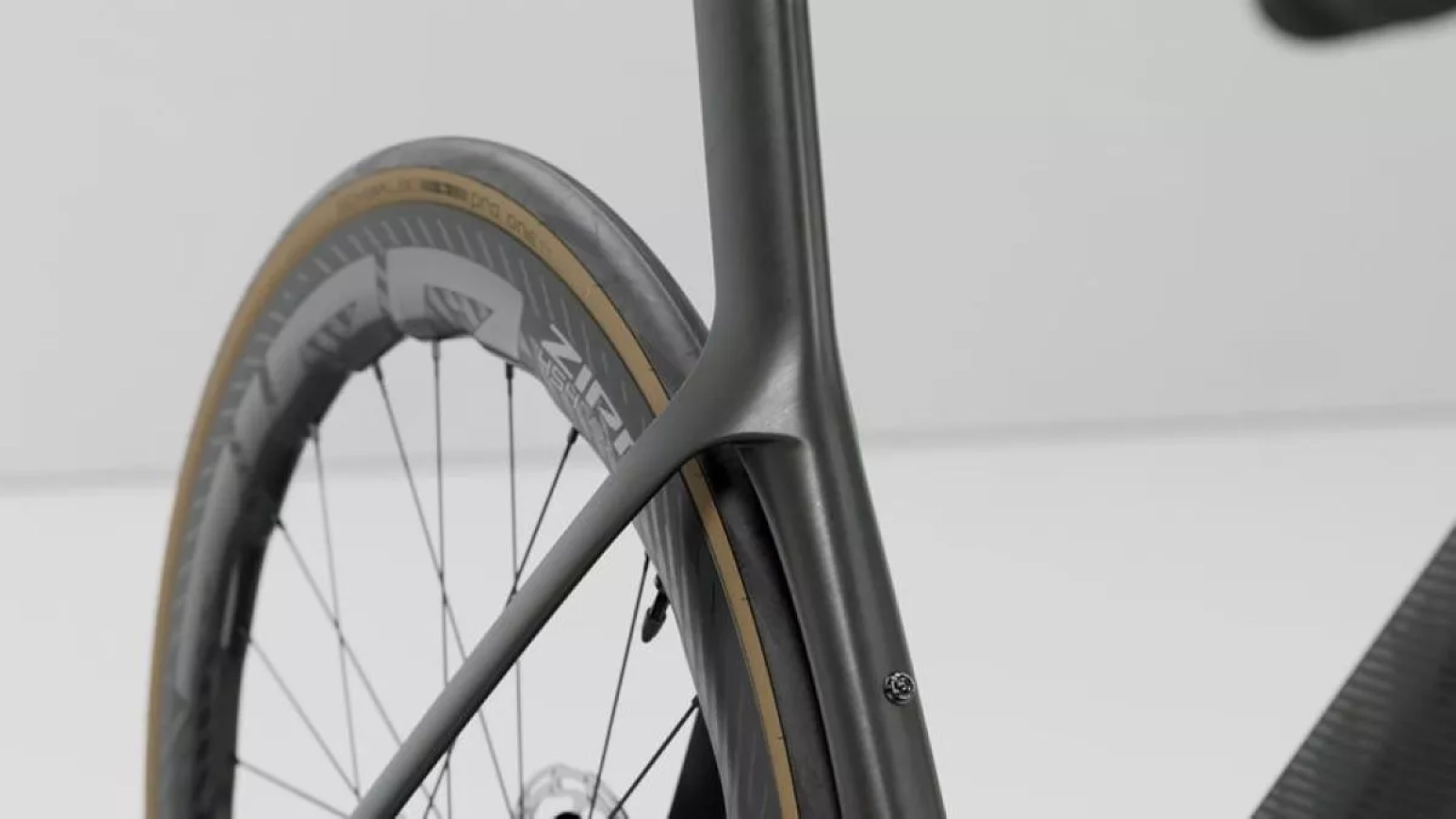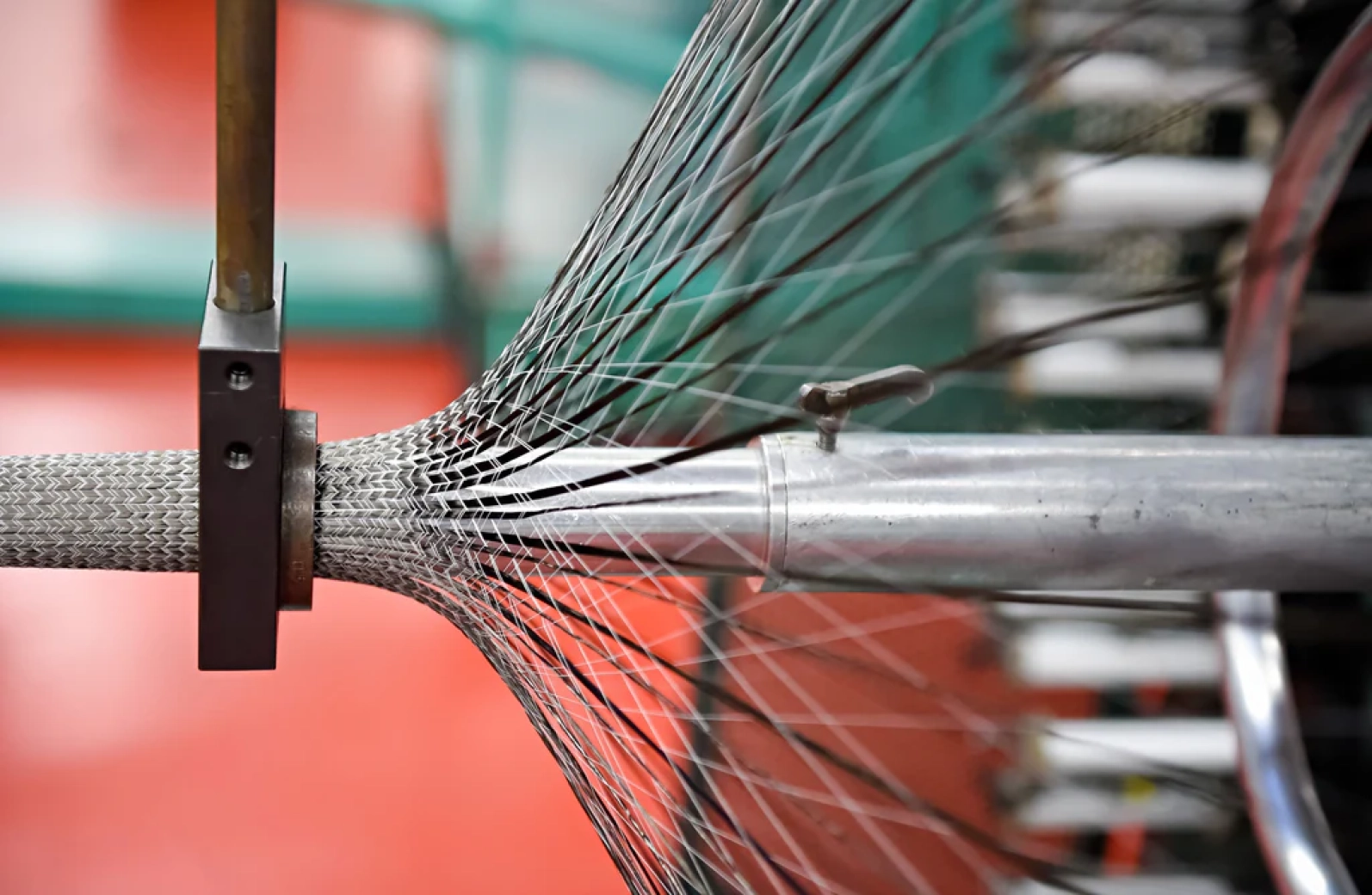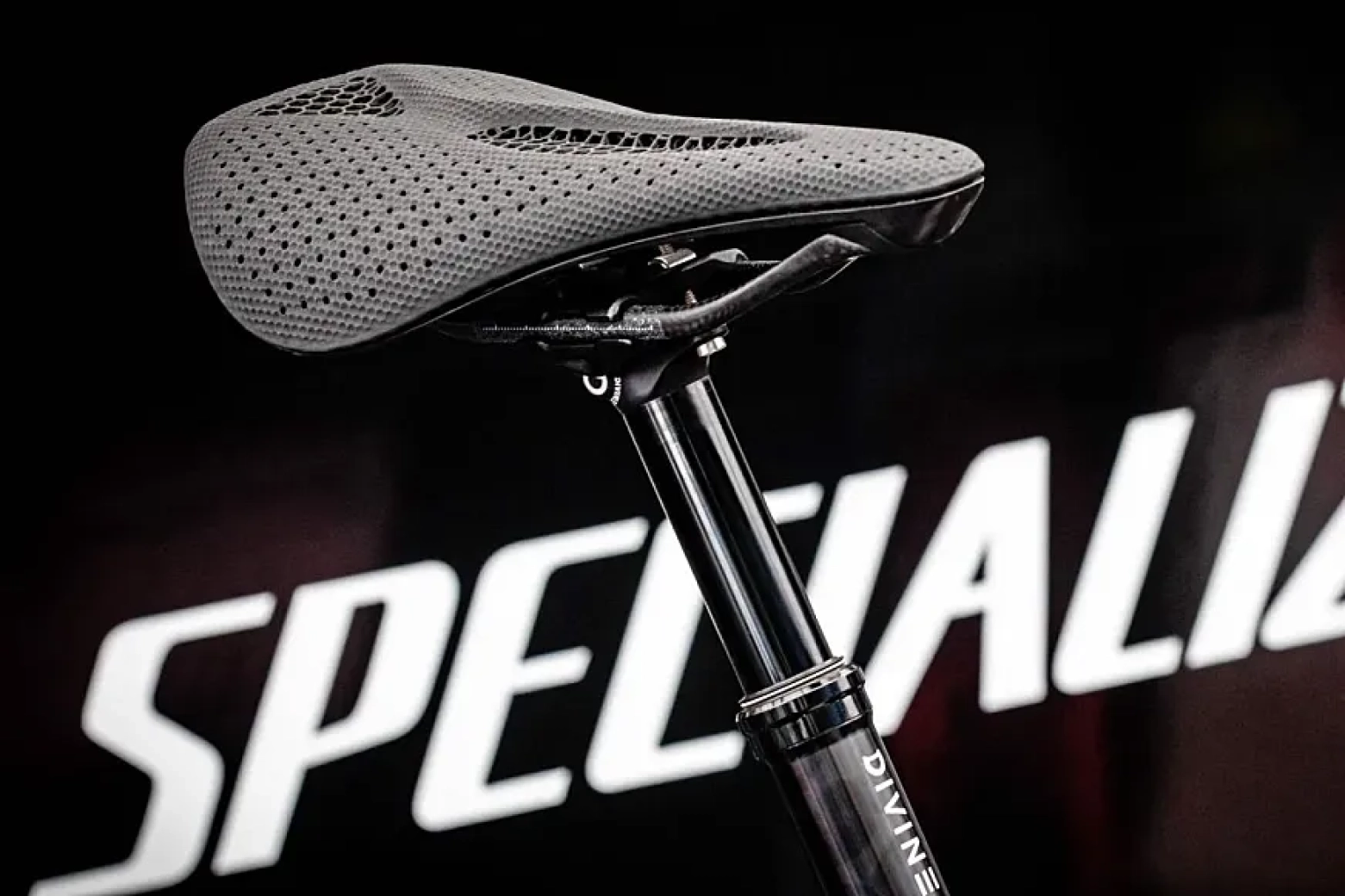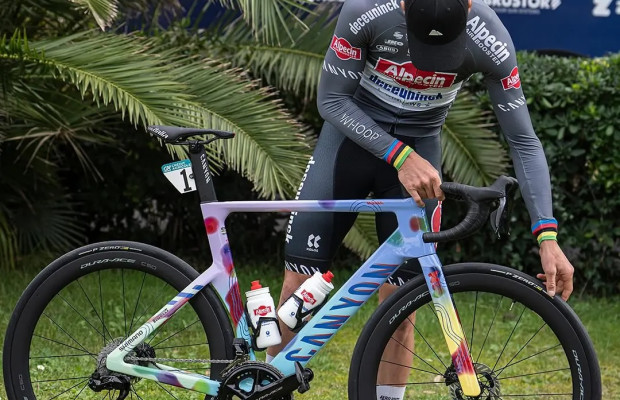What changes in a bike that costs €10,000 compared to one that costs €3,000?
The ranges of bicycle manufacturers are scaled from the lowest prices to the flagship models in order to offer setups and features tailored to each level of use, the characteristics of the users they are intended for, and their needs. However, we often see that top-of-the-line bikes extend their setups down to the mid-range. Here comes the question that many ask: how far is it worth going up the range?

Do you need a top bike? We explain the differences between mid-range and top-of-the-line models
Achieving the right balance in bicycle ranges to offer each user the best that brands have in their catalogs, while also adjusting prices to make them attractive and as affordable as possible for a wide number of cyclists, is an extremely arduous and cumbersome task that product managers at bicycle companies have to perform year after year, with tough negotiations with component suppliers to achieve the best range scaling.
However, the different options offered in a particular bike model are not just a matter of looking for different price ranges, but they also determine the behavior and performance of a bicycle.
RECOMENDADO

When a bicycle is launched, we always focus on the top-of-the-line model, the one that graces the covers of all publications and that the brand uses as a showcase of what its engineering and production capabilities can achieve. These are bikes where brands put their best, starting with the highest quality carbon fibers in their catalog. A concept of quality that usually means very high modulus fibers, although, currently, a mix of different types is used to achieve the desired behavior by engineers at each point of the bike.
In these top-of-the-line models, the layering of the different carbon fibers usually has a single purpose: pure performance. This means that frames are sought to be extremely stiff laterally, with minimal vertical absorption, and above all, as light as possible, which, along with the top-level setups that usually accompany them, gives us those bikes that most of us dream of.

These frames are usually used by brands in the two or three top setups that come with the best groups on the market and top-level components that include carbon wheels, integrated handlebars, or to mention one of the trendy components, saddles made with 3D printing. High-end setups that usually vary little among themselves in terms of performance, with the difference mainly found in the extra weight that comes from the scaling of the groups and some small differences in behavior due to the wheels chosen for each of the setups.
However, to extend those models to the mid-range, brands usually develop, on the same mold, a second-level frame; some brands have up to three tiers. Obviously, the shape of the frame, which affects many of the dynamic qualities regarding tube flex and, of course, the aerodynamics of the bikes, which is so important today, remains identical to the top-of-the-line frame.

But the similarities only go that far. The carbon used in these second frames is of a lower level, with a less elaborate manufacturing process regarding layering and the resins used, which serve to reduce the manufacturing cost of each frame. It is not just a cost aspect, as brands also take into account the typical user of the more modest range bikes.
Those who buy a top-of-the-line bike usually seek, as we said, the best performance, the same as professional cyclists enjoy. Performance that often demands the toll of bikes that are more uncomfortable and critical to handle. Meanwhile, in the mid-range, it is necessary to satisfy a broader audience, usually with less training, for whom an ultra-stiff bike can be torture after just a couple of hours of pedaling.
Lower modulus carbons provide frames that are somewhat more flexible, making them more bearable for the average cyclist without sacrificing good performance, as a touring cyclist cannot generate the power of a professional, so in most cases, they do not require as much stiffness to achieve good performance. However, they are slightly heavier frames, around 200 g, due to the type of carbon used and less meticulous manufacturing.

In these ranges, the appearance of generic components is more common, even those branded by the component label that almost all brands have, which fulfill their purpose correctly but without being particularly outstanding, especially regarding weight, prioritizing reliability over other qualities.
From a first-price setup of a particular model to the top-of-the-line, the differences in behavior can be tremendously noticeable, starting with those derived from the weight difference, which, while not too noticeable at constant paces, are felt instantly when we make pace changes. This aspect is also favored by the greater stiffness of the top-of-the-line frames, which is perceived in the form of almost instantaneous accelerations.
Handling is another factor that is noticeable between the extremes of the setups. In the top-of-the-line, precision and maximum agility are usually the dominant notes. Bikes that enter a curve with barely a hint of the handlebars and change inclination to link curves with astonishing ease. These sweet sensations, when we drop down to the mid-range, tend to dilute due to the lower stiffness of the frames, which often forces us to put in more effort when descending quickly, resulting in greater physical exertion for the cyclist.

In any case, all of this we are telling you are generic differences that will be more or less pronounced depending on how well each brand takes care of its mid-range, often the great forgotten. There are brands that work tremendously well on intermediate models, making it very difficult, even for an experienced tester, to perceive differences in behavior. To achieve this, these brands usually have a good level of components in the mid-range, which also means that it is not so mid-range, with prices that are similar to the high ranges of other brands.
At the other extreme, we find brands that focus all their efforts on their flagship setup, tremendously effective, with delightful behavior and top performance. However, as soon as you step out of that super expensive model, the quality of the setups and their performance begins to leave much to be desired. These are brands that often prioritize maximizing prices in their intermediate tiers, which often translates into unattractive ranges. This largely depends on the philosophy of each brand and, as we mentioned earlier, on the work of product managers in getting the best from their suppliers at the most competitive prices.
What must be made clear is that ranges exist to meet the needs of each cyclist, and although we always dream of having the same bike as our idols, sometimes it is worth stopping and thinking if it is the best for the number of kilometers we ride or our fitness level.





